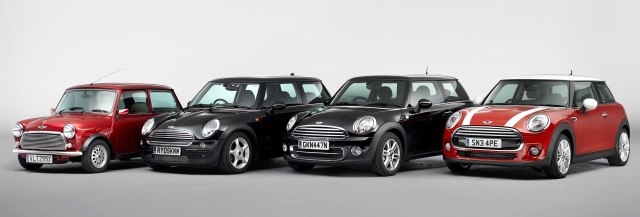

BMW has released details of the new Mini, the third generation made under its watch and arguably the first to be developed entirely under its auspices.
The new F56-series Mini looks more purposeful, with a shallower glasshouse, but that is only the start.
As with most new cars, it is bigger than the one it replaces. There is 98 mm more in the length, with the wheelbase extending only 28 mm. It is 44 mm wider, 7 mm taller, and the track width has increased by 42 mm at the front and 34 mm at the rear.
Purists will decry that BMW has taken the Mini concept away from its miniature roots—we are fans of the Mini Spiritual show cars of the 1990s which showed that the brand works with a utilitarian, revolutionary concept—but the market reality is that the German firm has found great success with the range. It’s stuck close to its knitting, which is to create premium, well engineered and good-handling cars—to do anything else (such as run a mass-market brand like Rover as it did in the ’90s) tends to get the company into red ink.
The larger Mini’s shallower glasshouse means there is more of a wedge, but overall, the shape is familiar to any Mini buyer.
The grille may be the most contentious part. It is deeper, and the number plate rests within the top part, a break from tradition. The Cooper S’s lower air intake detracts from the otherwise simpler shape, almost looking awkward and giving the front too much emphasis—but for those who felt that previous Minis were far too evolutionary or retro, then this is a positive development away from Mini creator Sir Alec Issigonis’s modernist approach. Cooper S is 29 mm longer than the standard Mini, and to our eyes appears to be the less attractive of the two. The slant of the headlights, which houses LEDs for dipped and main beams, is a nice design touch, and not a total surprise given how the Mini has evolved.
The interior has changed more, with the central display housing either a four-line TFT display as standard, or an 8·8-inch screen with infotainment, sat-nav and vehicle functions. The speedometer, rev counter and fuel gauge are arranged together on the steering column, which makes far greater sense than the arrangement of old (a digital speedometer within the rev counter ahead of the steering wheel). It’s a concession to practicality, rather than tradition, but, again, it’s a departure from Issigonis. The electric window switches, meanwhile, have moved to the doors—another more logical measure.
BMW notes that build quality is up, as is interior room.
The engines are the real news: there are two three-cylinder 1·5 units, one petrol, one diesel, while the Cooper S has a four-cylinder 2·0-litre. The petrol triple develops 134 bhp, and the diesel 114 bhp, so neither is lacking; torque is at 220 and 270 Nm respectively. Cooper S manages 189 bhp with 280 Nm torque. The diesel, BMW claims, gets an average combined fuel consumption of 80·7 mpg, and carbon dioxide emissions of 98 g/km. Minimalism, the Mini equivalent of BMW Efficient Dynamics, is standard, with brake energy recuperation and other energy-saving measures.
Revised suspension sees a new spring strut axle at front and a multi-link at rear, which is said to improve handling. A head-up display débuts with this generation, while technologies also include adaptive cruise control and a collision and pedestrian warning system. Parking assist is also available.
UK pricing begins at £15,300, with the diesel at £16,450 and the Cooper S at £18,650.
The Mini was originally launched as the Austin Seven and Morris Mini-Minor in 1959 by the British Motor Corporation. It was built in much the same form into the 1990s, when BMW took over the BMC’s successor organization, the Rover Group. It was under BMW that the second-generation Mini was launched, though much of its development took place at Rover. The outgoing third-generation Mini was an evolution of this model.
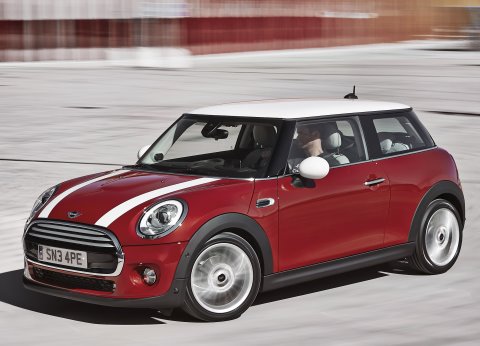

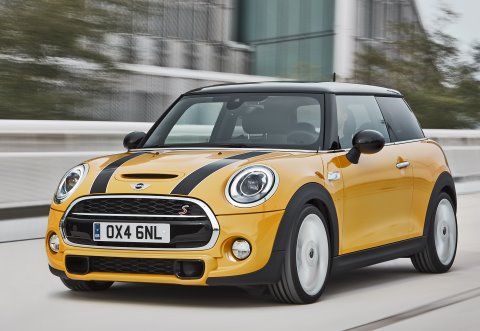
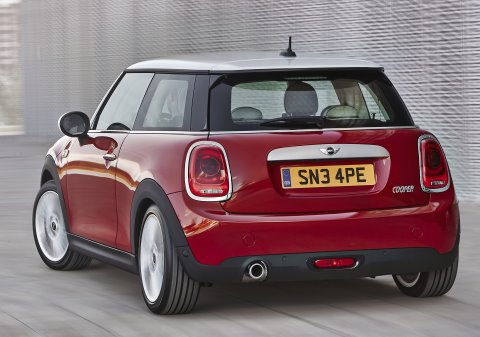
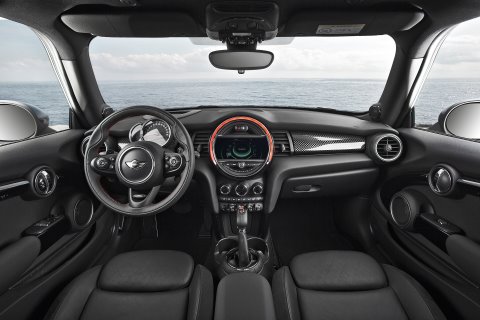
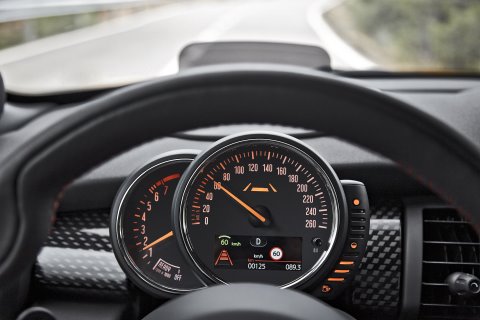
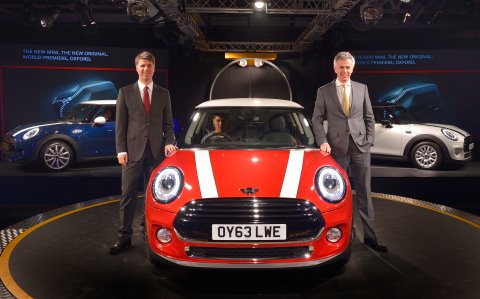
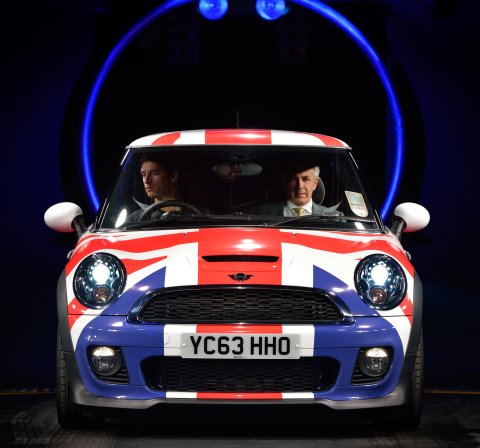

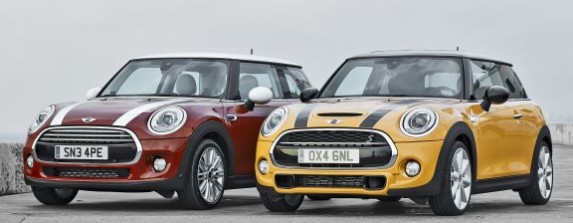

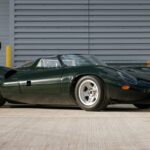
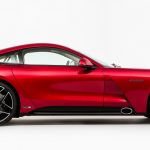



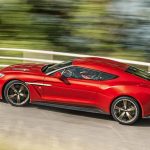
1 Pingback